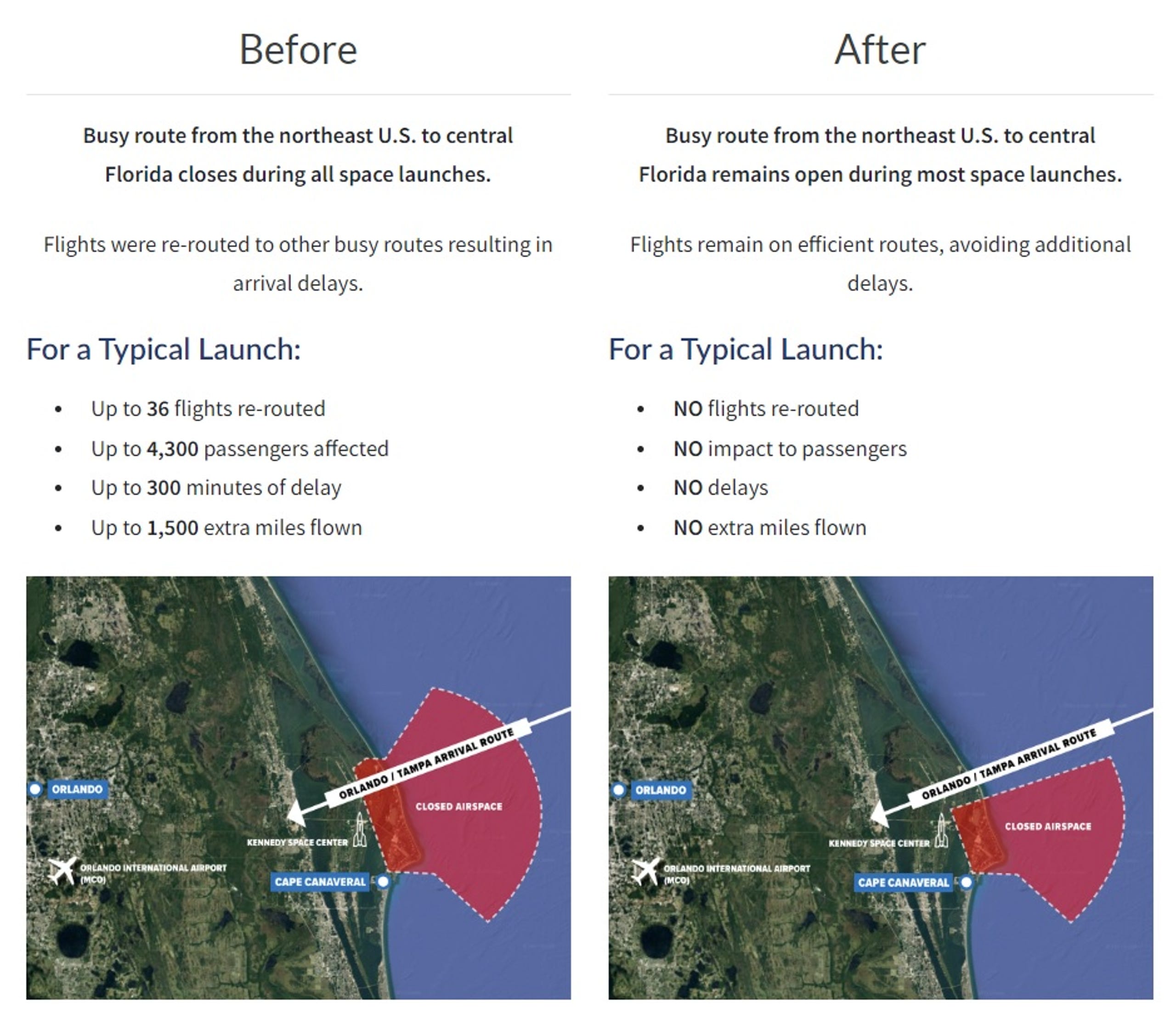18.06.2023
Father's Day SpaceX launch: Weather mostly OK for evening liftoff

This graphic issued by the U.S. Coast Guard shows the map of exclusion zones for a SpaceX Falcon 9 rocket launch from Cape Canaveral Space Force Station in Florida. For this mission the rocket will fly a trajectory to the east over the Atlantic Ocean.
Weather conditions around Cape Canaveral Space Force Station on Father's Day should be mostly favorable for SpaceX's next Falcon 9 launch with a communications satellite for the Indonesian satellite operator PSN.
Forecasters with the Space Force's Space Launch Delta 45 said conditions on Sunday, June 18, should gradually improve from 60% to 75% "go" during the three-hour launch window, which extends from 6 to 9 p.m. EDT.
"(A) boundary should push south of the Space Coast by Saturday morning, creating a more normal summer pattern of coastal sea breeze development Saturday and Sunday," forecasters said in a report Friday. "Depending on localized convective interactions, the storminess should diminish through the launch window."
The main concerns for liftoff Sunday evening are cumulus and anvil clouds and a chance of lightning.
About eight minutes after liftoff, the first-stage booster will target a landing on a SpaceX drone ship stationed in the Atlantic Ocean.
During Sunday's launch window, three cruise ships are set to depart from nearby Port Canaveral.
Last year, a SpaceX mission with a flight path to the southeast was scrubbed when a cruise ship veered into an exclusion zone that extended south along the state's coastline.
But with Sunday's mission, the 230-foot rocket will fly directly eastaway from Launch Complex 40 over the Atlantic Ocean with exclusion zones that extend away from the coast but not to the south, which should help to avoid any conflict with the ships' scheduled departures.
In an effort to create less impact on air travel, on Thursday, the Federal Aviation Administration announced that back in April, it began reducing areas of no-fly zones around Florida's Space Coast for most launches.
"Sections of airspace to the north that had been traditionally closed for all launches can now remain open during most launches," the agency said in a release. "Based on risk analyses conducted for every launch and working with the U.S. Space Force and space launch operators, the FAA determined the existing airspace restrictions for most Florida launches were too large and could be safely reduced."
According to the FAA, since April, zero flights were required to be rerouted during 10 of the 12 launches that featured the reduced no-fly zone.
This change mainly impacts commercial flights that travel northeast of Cape Canaveral Space Force Station and Kennedy Space Center. According to the FAA, the change should help hundreds of passengers to experience reduced flight delays.
When's the next launch?
Beyond Sunday's SpaceX mission, United Launch Alliance teams at the Cape's Launch Complex 37 are gearing up for the next-to-last launch of a Delta IV Heavy rocket before its retirement.
Liftoff of the triple-core rocket is set for liftoff at 3:29 a.m. EDT, Wednesday, June 21. The mission called NROL-68 will loft a classified payload for the National Reconnaissance Office.
Launch Sunday, June 18
- Company / Agency: SpaceX for Indonesian satellite operator PSN
- Rocket: SpaceX Falcon 9
- Location: Launch Complex 40 at Cape Canaveral Space Force Station
- Launch Window: Between 6:04 p.m. and 9:02 p.m. EDT
- Trajectory: Eastern
- Weather: 60% "go" which improves to 75% "go" by the end of the window
- Landing: Drone ship
- Live coverage: Starts 90 minutes before liftoff
Quelle: Florida Today
----
Update: 19.06.2023
.
Start von SpaceX Falcon9 mit Indonesian satellite operator PSN
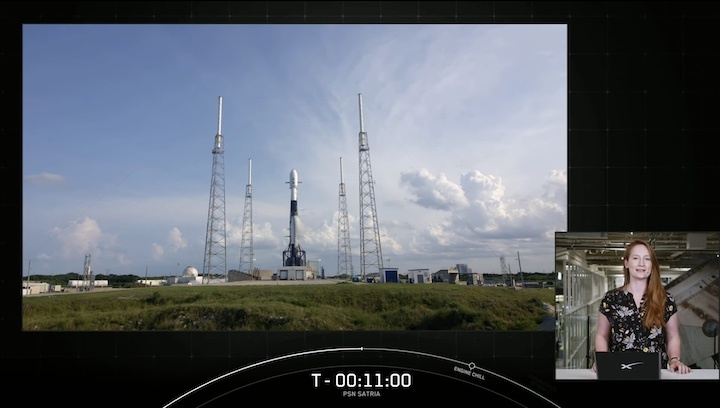


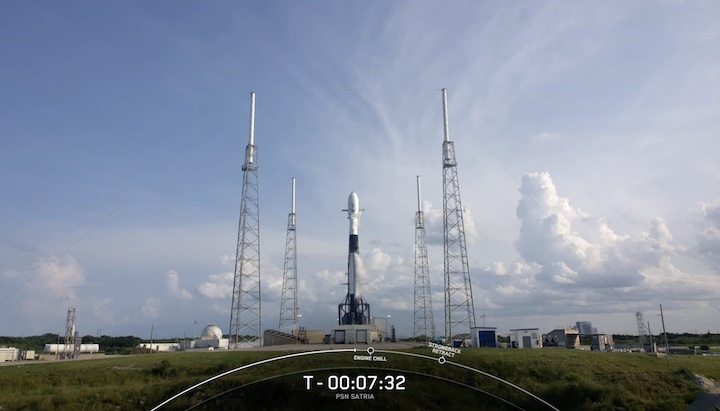
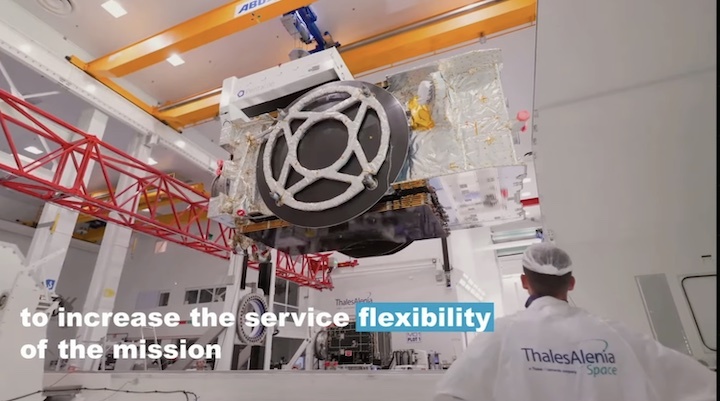

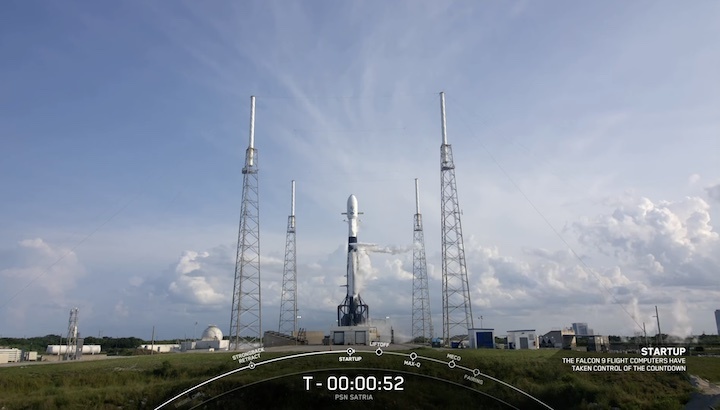

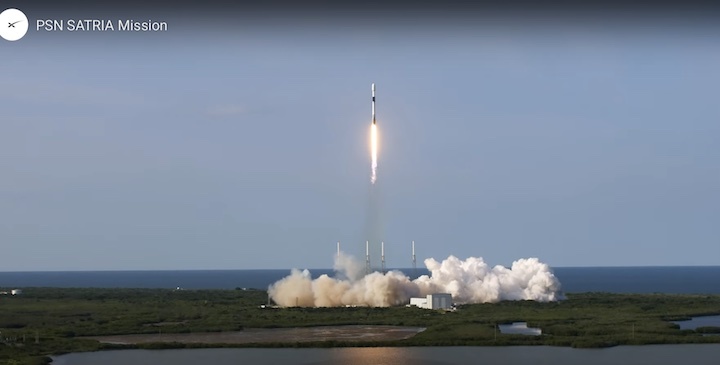






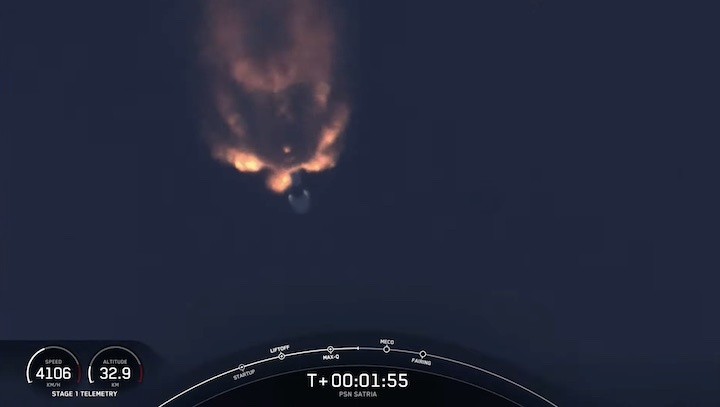





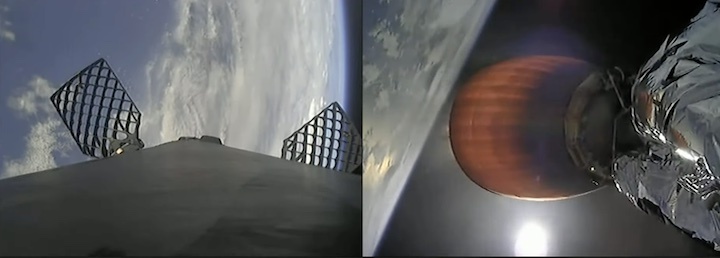

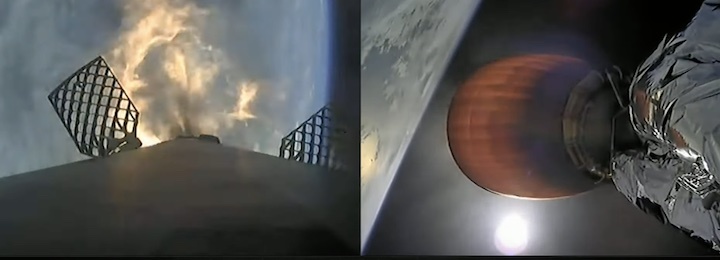
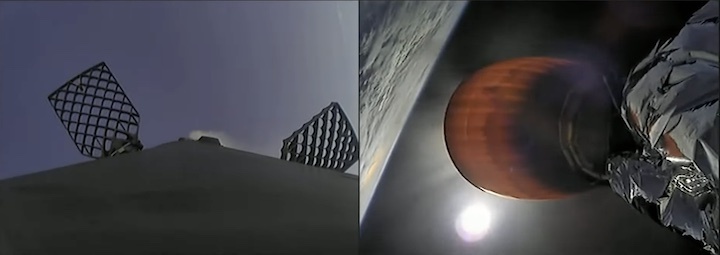


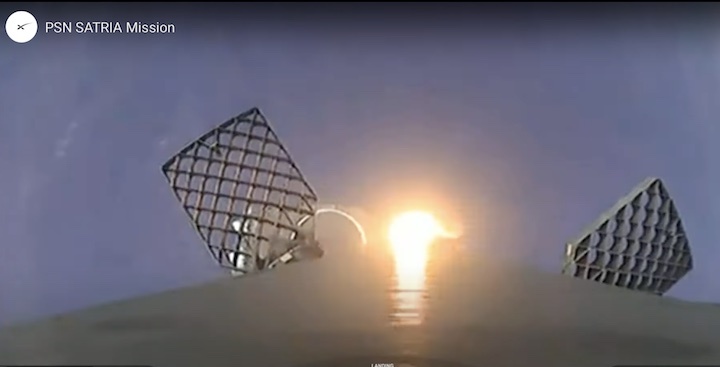

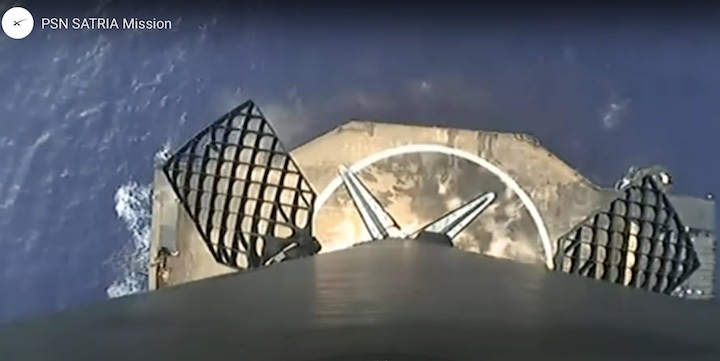
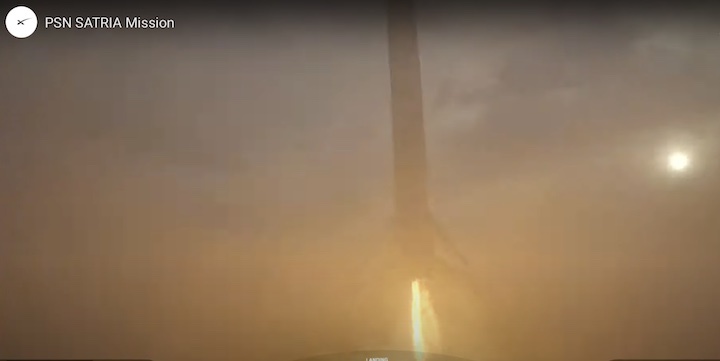



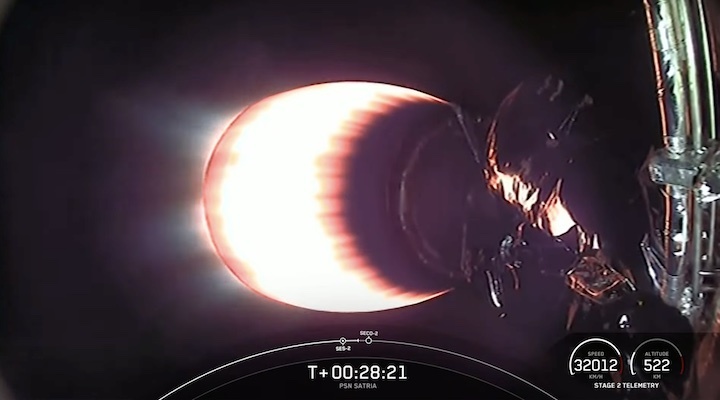





Quelle: SpaceX

